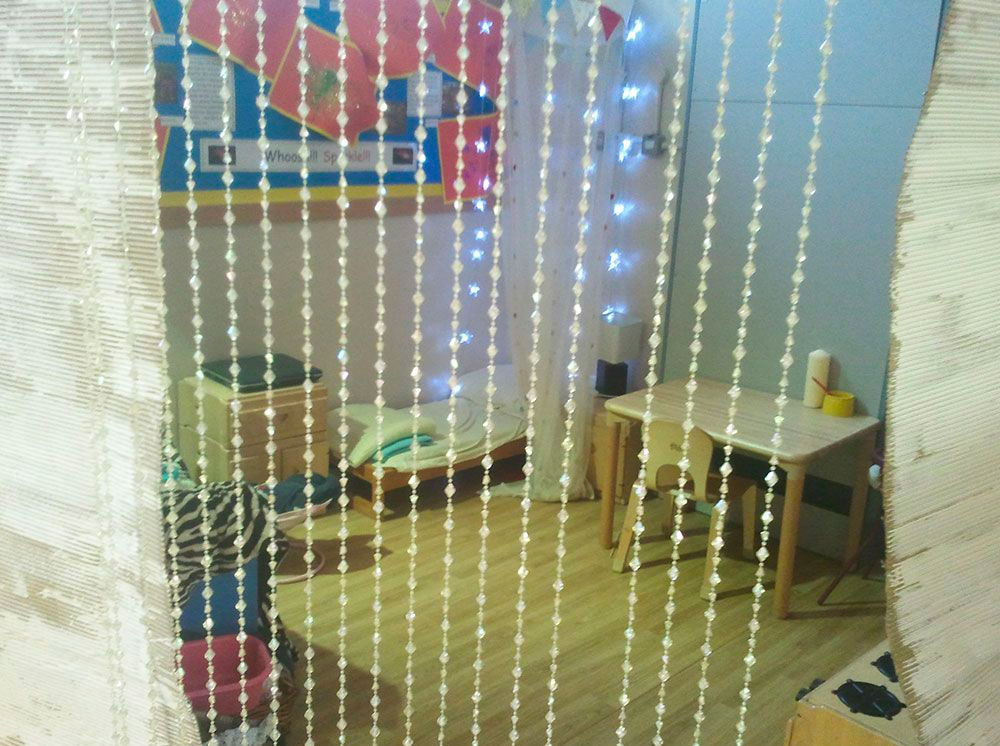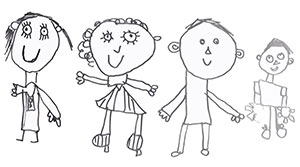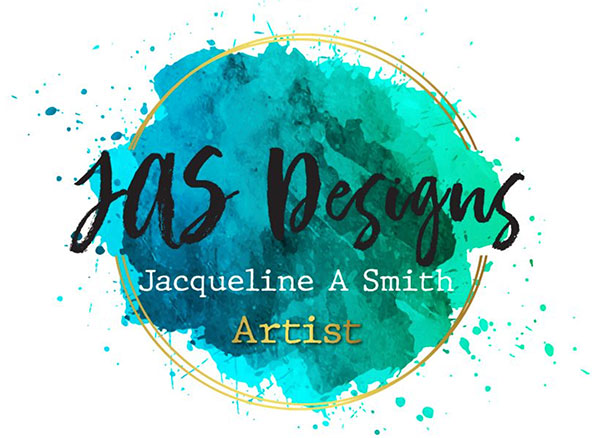
Using Art to help children Heal…
I have trained in Drawing and Talking – the method stemmed from Dr. John Allen’s serial drawing technique, designed to let a child process his or her feelings internally in a safe environment and at their own pace. Drawing and Talking helps teachers tackle children’s mental health issues.
Art Therapy is a technique rooted in the idea that creative expression can foster healing and mental well-being. Art is not used as a diagnostic tool, but as a medium to address emotional issues which may be confusing and distressing. Drawing enables a child to express in a visual form, worries and preoccupations from deep in the mind that they would not be able to talk about.
If you have identified children who may be able to benefit from the therapy method and you would like to find out more, then please get in touch.
Following the foundation course training, I can facilitate 12 half an hour weekly sessions, one session per week, to identified individual children, during which they draw and talk, experiencing a safe space, non intrusively. This safe and gentle therapeutic approach is now used in over 5000 schools across the UK. Contact me for more details of how this may benefit your school.
“With pencil and paper to hand, a child’s basic instinct is to draw, and by talking through this with an empathetic and caring adult, a child is able to process and make sense of the painful memories that may be affecting their behaviour and in turn their learning”
Drawing and talking therapy provides a school with an intervention that is a “proactive” rather than “reactive” technique to use with children.
According to the Children’s Society, 50% of all mental health problems start by the age of 14 and 75% of young people with mental health problems aren’t being treated. They also confirm that
Five children in a classroom of 30 are likely to have a mental health problem
The impact caused by the pandemic has put a huge strain on children who were already struggling, due to traumatic experiences, social isolation, loss of routine and a breakdown of formal and informal support. Children may have experienced bereavement of a grandparent. parent or sibling, bullying, abuse, parents divorce or unsettling things like moving house or starting a new school.
The proportion of children experiencing a probable mental disorder has increased from one in nine in 2017 to one in six in 2020. The rate has risen in boys aged 5- 16 from 11.4% in 2017 to 16.7% in July and in girls from 10.3% to 15.2% over the same time period. According to the Mental Health of Children and Young People in England 2020 report, published by NHS Digital in collaboration with the Office for National Statistics. This report looks at the mental health of children and young people in England in July 2020, and how this has changed since 2017. Experiences of family life, education and services, and worries and anxieties during the coronavirus (COVID -!9) pandemic are also examined in the findings.
After completion of Drawing and Talking Therapy, children are more able to control their behaviour, better able to access an academic curriculum and have improved self esteem. This allows them to thrive in the world around them.
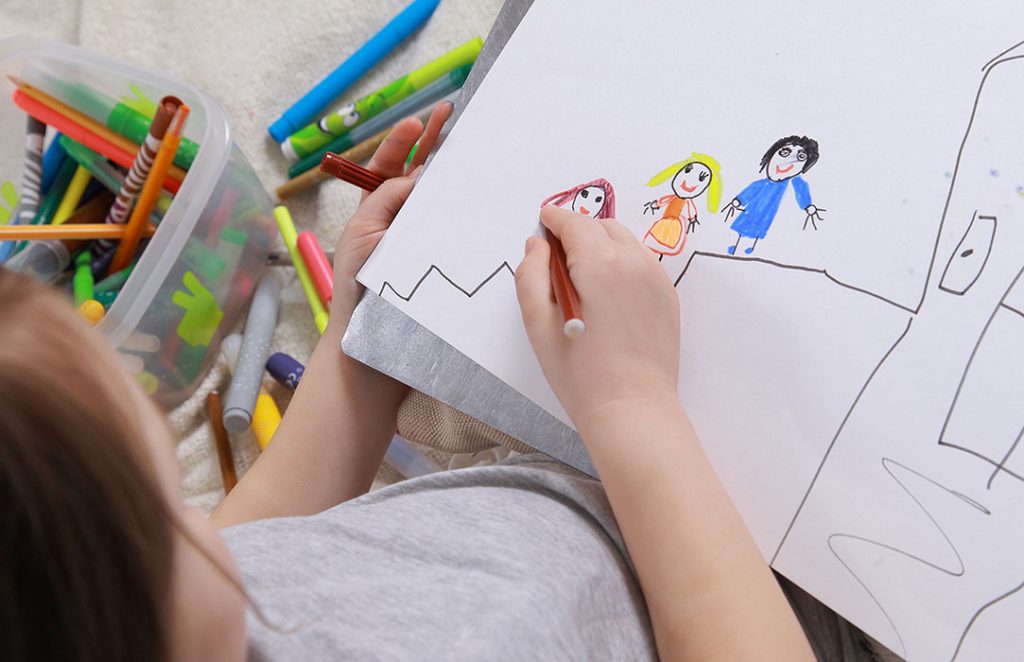
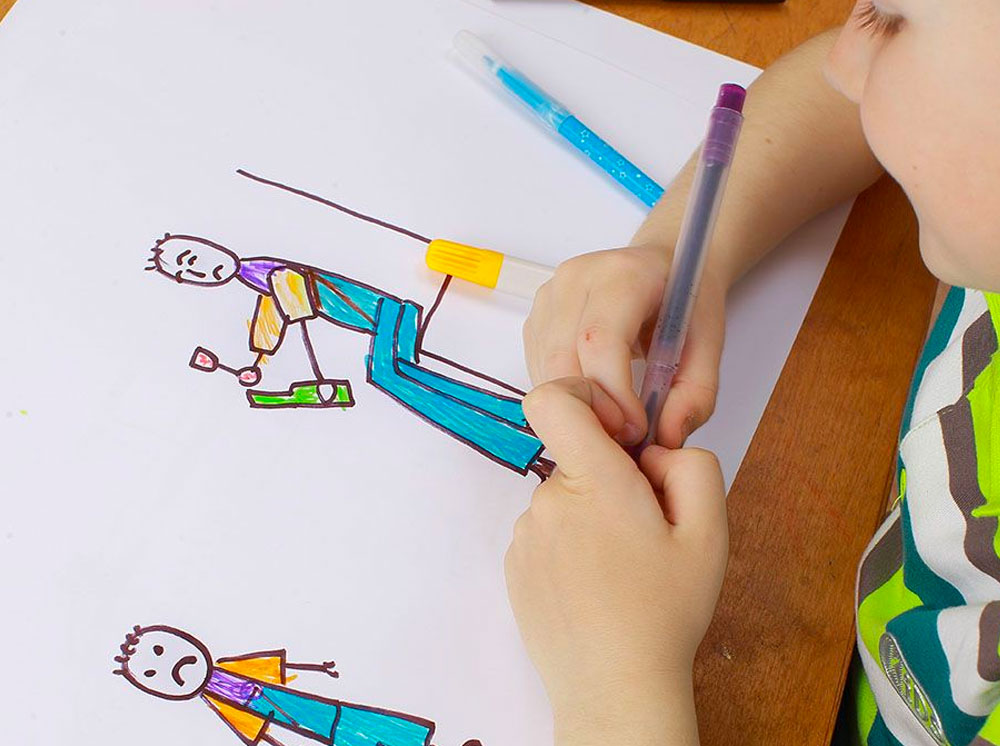
If you need help promoting positive Emotional Health and Wellbeing in your school or setting, following the coronavirus pandemic and you wish to set up a calm environment for children, I may be able to help you.
Providing support for your setting in dealing with CHALLENGES YOU MAY HAVE TO DEAL WITH.
Helping you and your team, supporting teachers and SENCO’s with the increased challenges of COVID 19 and for children experiencing the pressures of changing routines, bereavement, attachment issues and the separation from family and friends.
The effects of the impact on mental health, result in fear and anxiety being heightened and children will rely even more on settings to feel nurtured and safe.
I CAN SUPPORT YOU IN THE FOLLOWING WAYS
Providing practical help creating calming and relaxing spaces in your setting….Creating a space for conversation… Enabling calming…Increasing sense of safety….Reducing environmental stresses…
A calming environment allows children to work through any difficult emotions in a safe and supportive space. This can be a calming room or a calming corner – designed to settle, de-escalate when upset and to provide quiet time.
The calming space can be used in conjunction with Art Therapy offering a supportive therapeutic environment to calm the senses. Children can experience soothing materials and calming visual, auditory and tactile stimuli.
